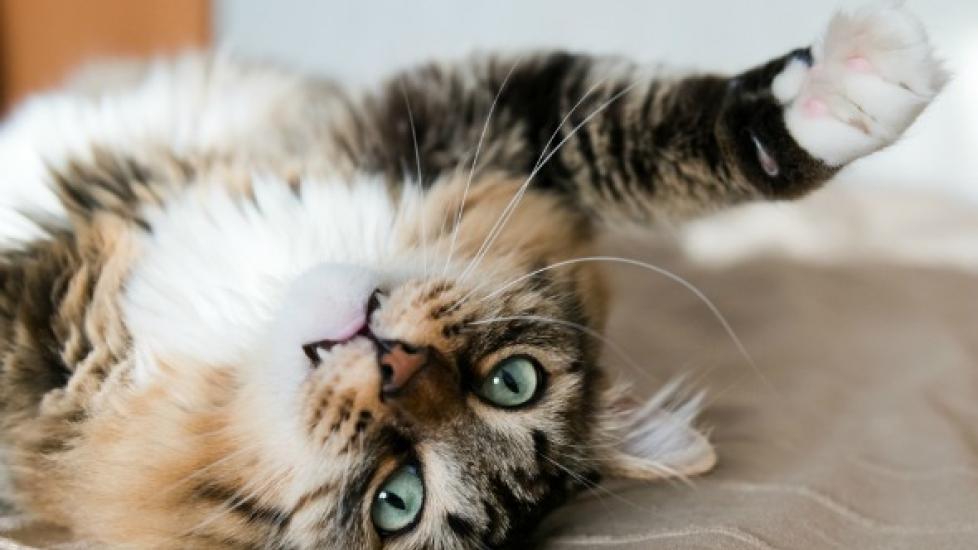Low Platelet Count in Cats
Thrombocytopenia in Cats
An abnormally low production of blood platelets in cats is due to the medical condition thrombocytopenia. Platelets are produced in the bone marrow and then released into the blood stream. They also serve the important function of maintaining hemostasis. Low platelet counts can be found in any breed of cat, and at any age. Treatment options do exist and unless the cause of the condition is serious, prognosis for the cat is positive.
Thrombocytopenia affects both dogs and cats. If you would like to learn how this disease affects dogs, please visit this page in the PetMD health library.
Symptoms and Types
Cats with a low platelet count may display symptoms such as:
- Fever
- Lethargy
- Heart murmur
- Urinary Bleeding
- Excessive coughing
- Excessive nasal mucus
- Collapse (in severe cases)
Causes
Thrombocytopenia can be caused by a variety of factors, including:
- Leukemia
- Lymphoma
- Decreased platelet production
- Extreme blood loss due to a hemorrhage
- Increased destruction of platelets in the body (infectious agents are the most common cause of this problem)
Diagnosis
Veterinarians will measure the cat's blood to determine its platelet count and compare the level against normal baselines. He or she will also rule out any recent trauma or other issues related to hemorrhaging.
Typical blood laboratory tests will be able to determine the cause and whether it is due to a more serious underlying medical issue. In some instances, a bone marrow sample may be used to rule out a variety of medical conditions.
When internal bleeding or issues with ruptured organs are suspected, your veterinarian may perform X-rays and ultrasounds on your cat.
Treatment
To normalize the cat's platelet count, a platelet transfusion may be recommended. In some cases, an entire blood transfusion may be needed to correct anemia.
Living and Management
One of the more serious complications to look out for in cats with thrombocytopenia is the potential for excessive hemorrhaging, which generally occurs during an injury or cut. Your veterinarian may also recommend reducing the cat's physical activities or removing any hard foods from its diet, as it can cause your pet's gum to bleed.
Prevention
There are currently no known preventative measures for this medical condition.
Help us make PetMD better
Was this article helpful?
